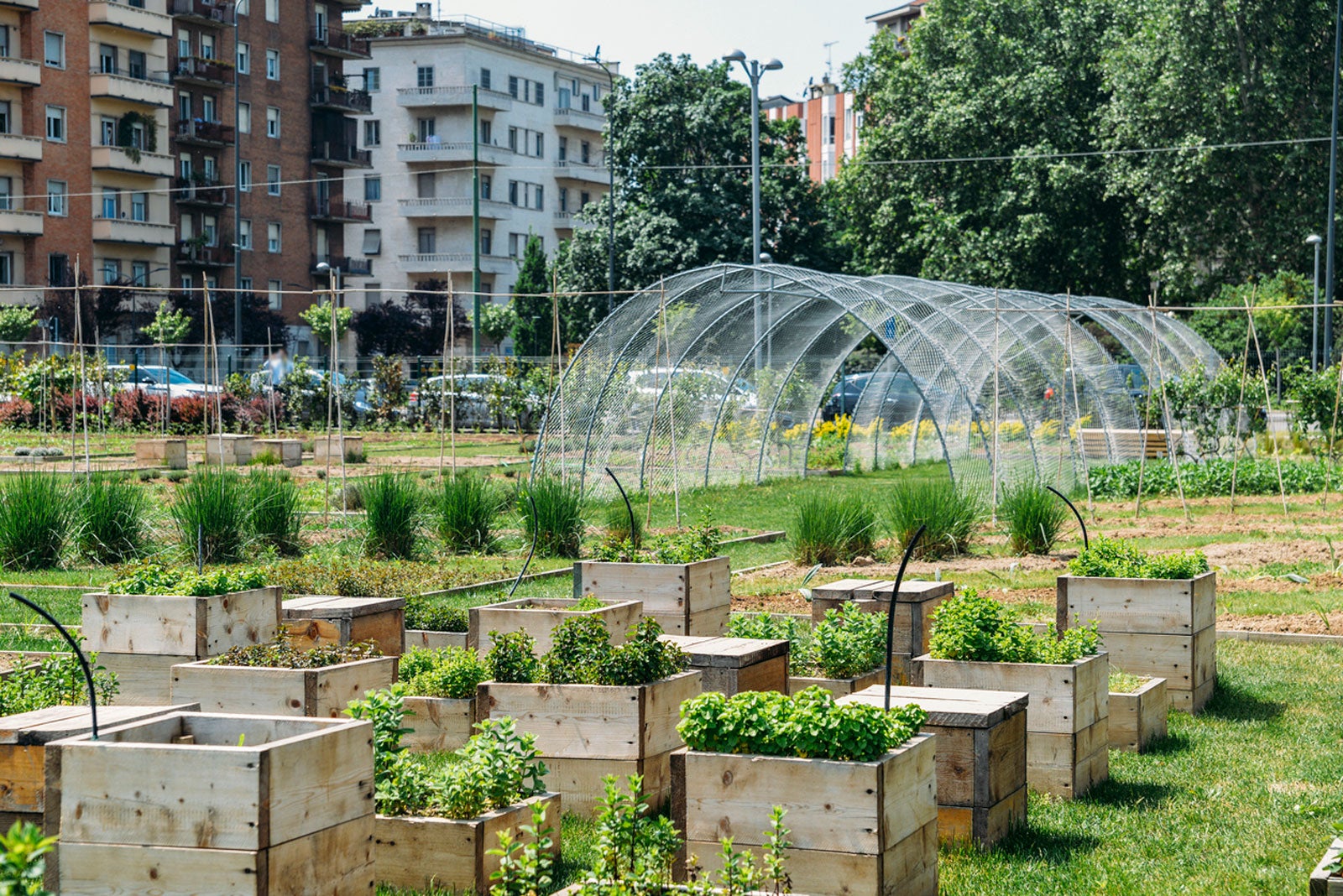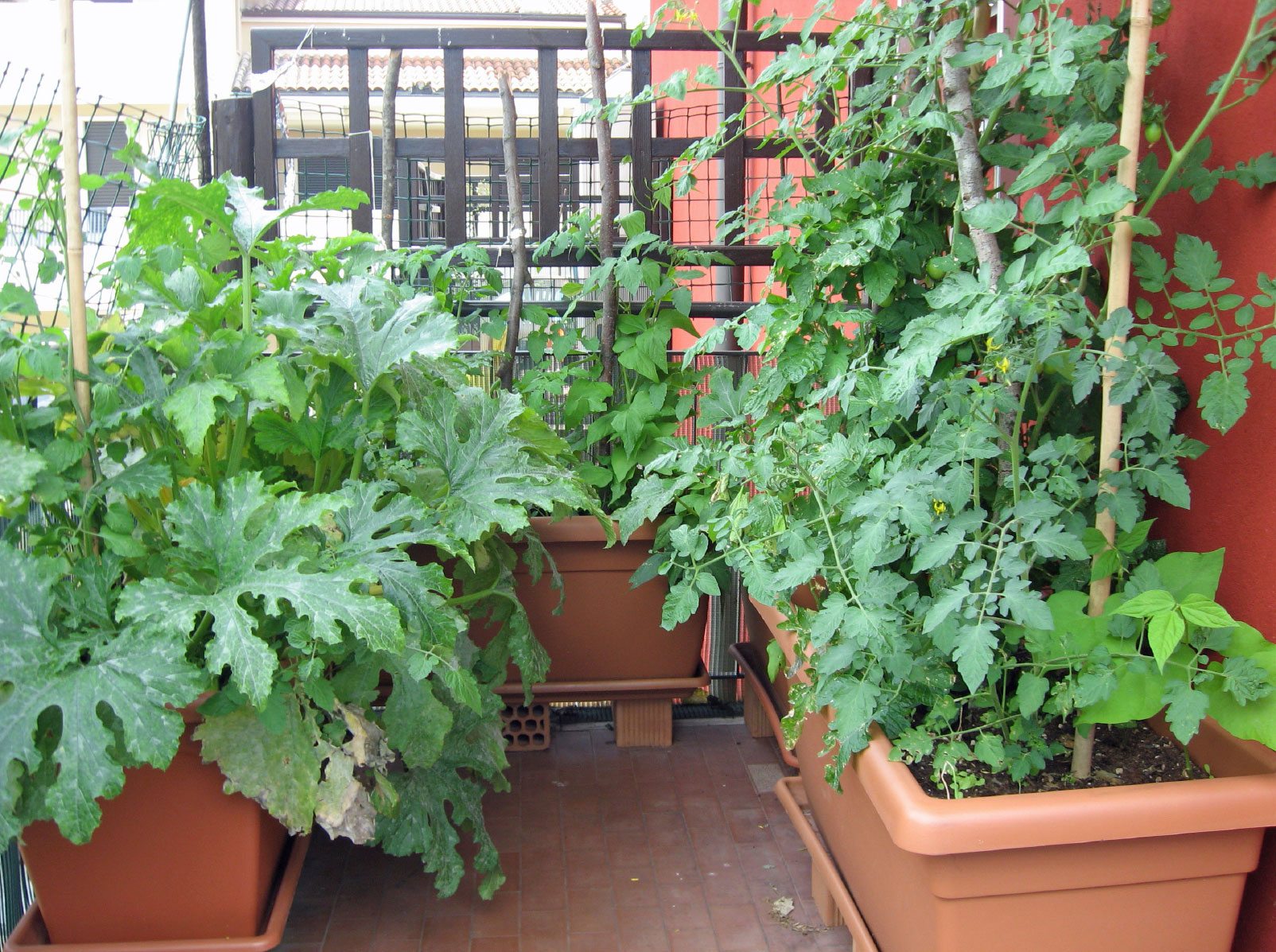How City Blooming can Save You Time, Stress, and Money.
Fascinated in growing food for sale in the City of Chicago? Below is a listing of frequently asked concerns regarding the guidelines and laws that growers must think about when planning an urban agriculture job.
The zoning amendment does not customize any type of various other codes managing composting, building authorizations, acquiring or renting City possessed residential or commercial property, service licenses or ecological contamination. There are existing codes that regulate these issues and they remain in full impact and might apply to your project. Neighborhood yards are normally owned or managed by public entities, civic companies or community-based companies and kept by volunteers.
Urban ranches expand food that is intended to be marketed, either on a nonprofit or for-profit basis. Due to their industrial function, metropolitan farms require a service certificate. Yes. An area yard is permitted to market excess create that was grown on site if the sales are accessory or secondary to the garden's main purpose described above.
Unknown Facts About City Blooming
Composting is permitted however only for plant product that is produced and utilized on site. The quantity of compost product can not go beyond 25 cubic backyards at any kind of provided time according to the criteria in 7-28-715 of the City's Municipal Code. Yes. Since the soil at the majority of new yard sites needs modifying, compost, dirt, wood chips, or various other products can be obtained to create or enhance the expanding area - City gardening.

If a building authorization is required after that the hoophouse will be thought about an accessory structure. You can figure out even more about the structure authorization requirements by calling the Department of Structures. The 25,000-square-foot dimension limit is meant to prevent a single neighborhood yard from dominating a given block or interfering with the block's existing residential or commercial personality.
The restriction does not relate to yards situated in Public Open Space (POS) areas. Can there be greater than one neighborhood yard that is 25,000 square feet on a solitary block? Yes. The size limitation applies to private yards, not to individual blocks. No. Fence is not called for, however, yards that have huge car park areas may be called for to mount secure fencing or various other landscaping functions.
Everything about City Blooming
B1 & B2 areas require that all industrial usage tasks be conducted inside. Is fence needed for metropolitan ranches? Fencings may be called for, along with landscape design and screening, for specific auto parking locations and outdoor job or storage areas depending on area and the particular activity taking location.
Urban farms require building authorizations and zoning approvals prior to construction (City gardening). Various other forms of city testimonial might be required depending on certain structures, activities, dimension, landscaping, licensing, public heath and pop over here stormwater monitoring concerns.
The Department of Business Matters and Consumer Protection can help determine the certain kind of business license that's called for. Off road car park is required for a lot of business projects in Chicago. The required number of vehicle parking areas is based on the number of employees working on site and not the square footage of the growing space.
What Does City Blooming Mean?

Yes. An urban farm can offer garden compost product created on site, however, the operation should abide with the policies in 7-28-715 of the Chicago Municipal Code. Yes. Aquaponic systems are allowed inside your home on city ranches in several zoning districts. A zoning evaluation and building authorization is called for in order to mount frameworks or systems and an organization certificate is called for as defined over.
Approximately five hives or swarms of honey might be kept as an accessory usage. However, beekeepers have to sign up with the Illinois Department of Agriculture. For more details concerning the suggested zoning amendment you might speak to the Division of Housing and Economic Growth, Bureau of Planning and Zoning at 312.744.8563.
Farming in cities and urban locations A metropolitan farm in Chicago. Urban farming refers to numerous techniques of cultivating. https://amber-gnu-kr6lr9.mystrikingly.com/blog/city-gardening-cultivating-green-spaces-in-urban-jungles, processing, and dispersing food in metropolitan locations. The term additionally relates to the area activities of pet husbandry, tank farming, beekeeping, and horticulture in a metropolitan context. Urban agriculture is distinguished from peri-urban agriculture, which takes location in backwoods at the side of residential areas.
City Blooming Fundamentals Explained
, that look for to create social networks established on a common principles of nature and area holism. These networks can develop by method of official institutional support, coming to be integrated into regional community preparation as a "shift town" movement for sustainable urban growth.
Some of the initial proof of metropolitan agriculture comes from Mesopotamia.
Comments on “What Does City Blooming Do?”